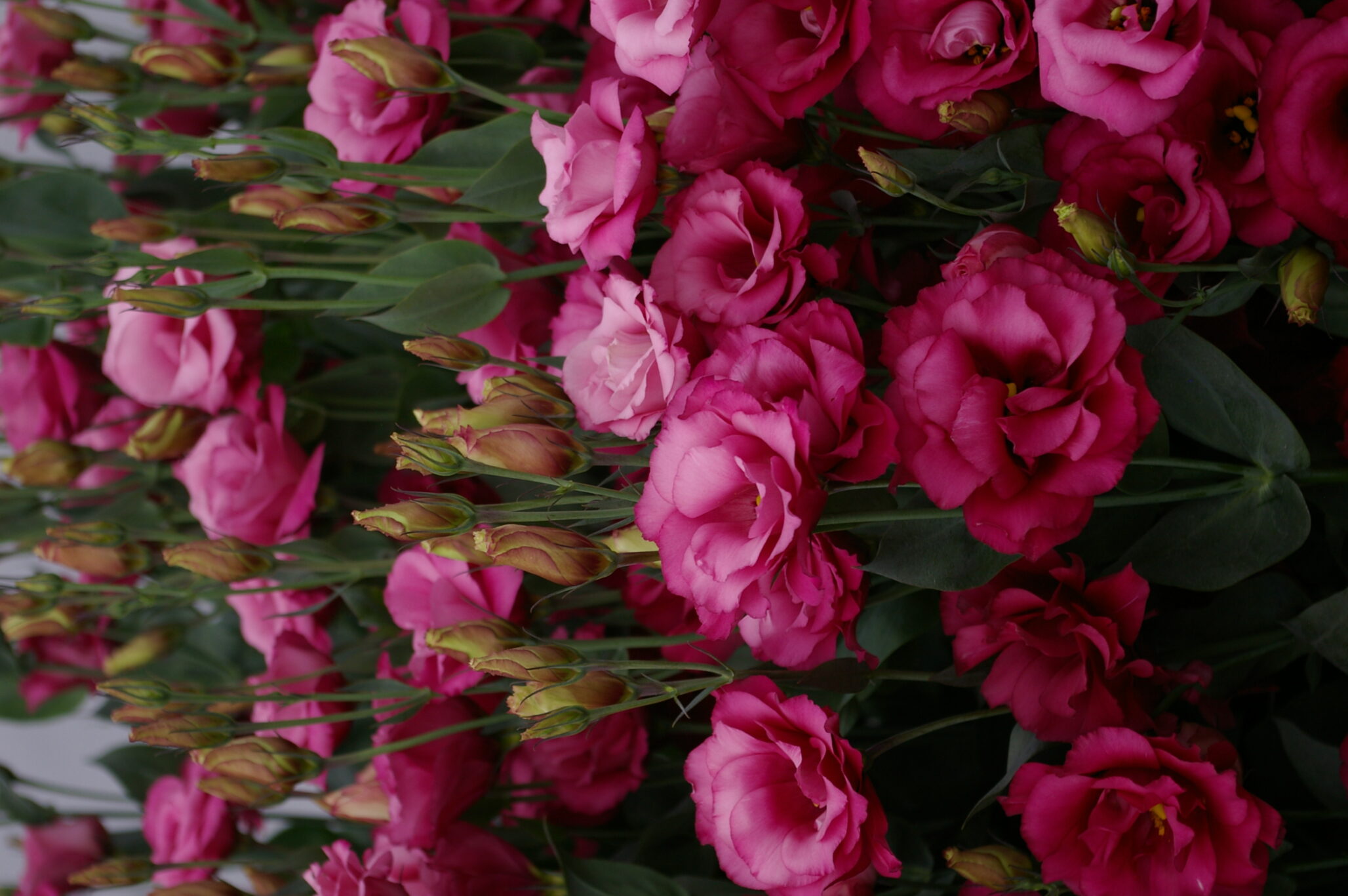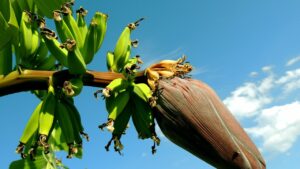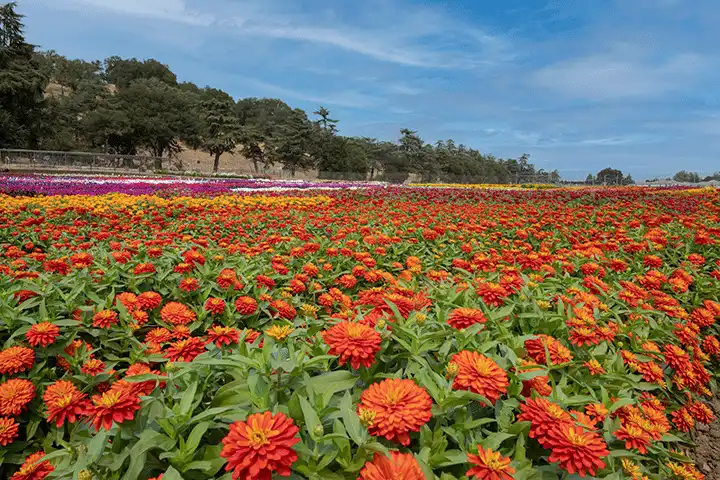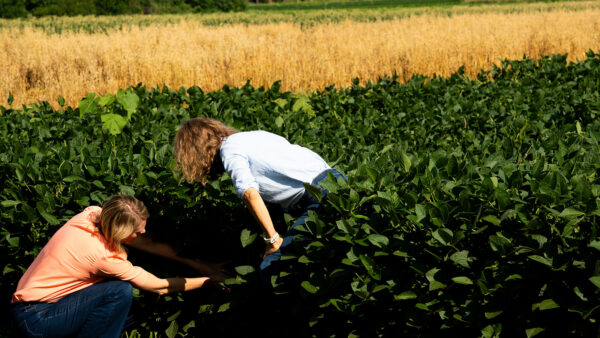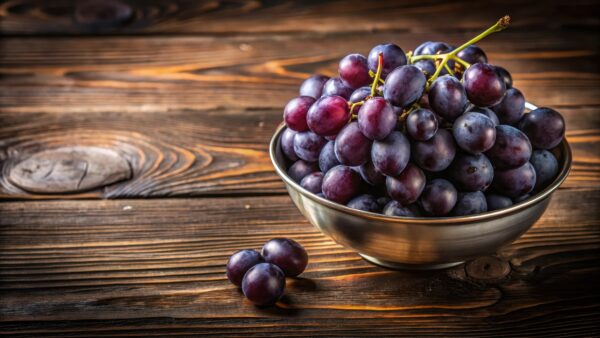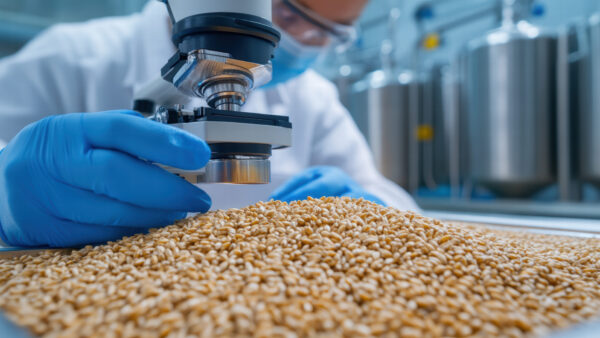From Zinnias and Lisianthus to Echinacea and Snapdragons, seed trials are transforming floriculture.
Cut flowers have always held a special place in our lives. But behind every bloom, there’s a story of trial, error and discovery — especially when it comes to varieties grown from seed. For more than three decades, John Dole, professor and researcher at North Carolina State University, has been at the heart of these stories. He co-coordinates the Association of Specialty Cut Flower Growers (ASCFG) National Seed Trials, where new varieties get their shot at floral fame.

Each year, the association coordinates trials on as few as 20 to more than 70 new floral varieties.
“We’ve become the trial site for seed breeders that want to introduce something new. Most of the local flowers in the United States now are field-grown,” Dole says
The trials have helped turn obscure varieties into staples for flower farmers and designers alike. Breeders send in newly released or experimental seeds — sometimes so fresh they don’t even have names yet. Dole and over 40 fellow trialers from around the United States and Canada put them through their paces in fields, high tunnels and greenhouses. They compile the results into detailed reports that give growers and breeders critical insights on what works and what doesn’t.
Where Flower Fame Begins
The ASCFG plays a critical role in connecting flower farmers, researchers and seed companies. Founded in 1988, the ASCFG supports the cut flower industry by promoting education, research and networking opportunities. Membership has grown significantly in the past decade, reflecting a growing demand for local and sustainably grown flowers.
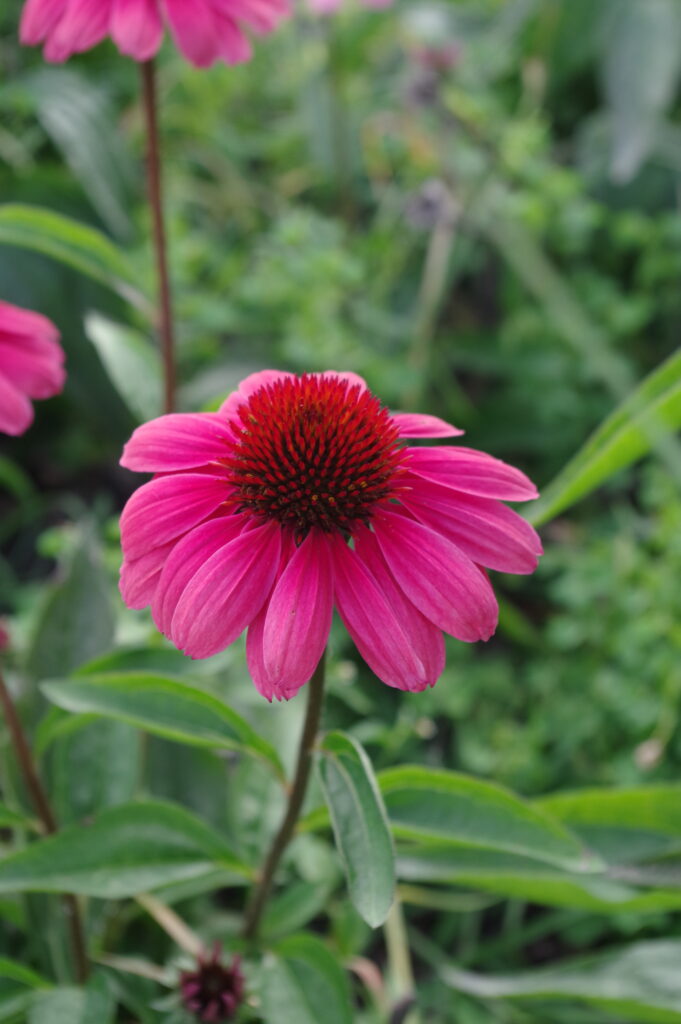
“The ASCFG has been essential in promoting cut flower production,” said Dole. “When the local flower movement took off, membership skyrocketed from around 600 to nearly 3,000 at its peak.”
Today, ASCFG members represent a broad spectrum of growers from small-scale farmers with just an acre or two to larger operations spanning hundreds of acres. The seed trials are a cornerstone of the organization’s efforts, helping members stay on the cutting edge of what’s new and exciting in the flower world.
Dirt, Data and Discovery
Field production dominates the seed trials, a method that’s as practical as it is picturesque. While some varieties thrive under cover, most are planted outdoors across the U.S. and Canada.
“Field production is all across the United States and Canada, even into higher regions like Prince Edward Island and Manitoba,” Dole explained. “It’s very low-cost and sustainable, which is what drove an increase in cut flower production about 10 years ago.”
That surge in interest coincided with the rise of the local food and flower movement. Membership in the ASCFG grew dramatically as consumers sought out homegrown blooms with a smaller environmental footprint.
“Even if they aren’t certified organic, most growers are very sustainability-oriented,” said Dole. “The way their farms are laid out — with lots of species packed into small areas — mimics natural conditions. It’s pollinator heaven.”
Surprising Stars
Over the years, Dole has witnessed some unlikely stars emerge from the trials. Take the small-flowered, Oklahoma Zinnia, for instance. When it first entered the trials, it seemed like just another variation. But it quickly became a grower favorite.
“At the time, Zinnias were mostly large-flowered types,” Dole said. “This one had quarter- to half-dollar-sized flowers — perfect for pops of color in bouquets. Growers loved it. The breeder said it wouldn’t have gone anywhere if it hadn’t been in the trials.”
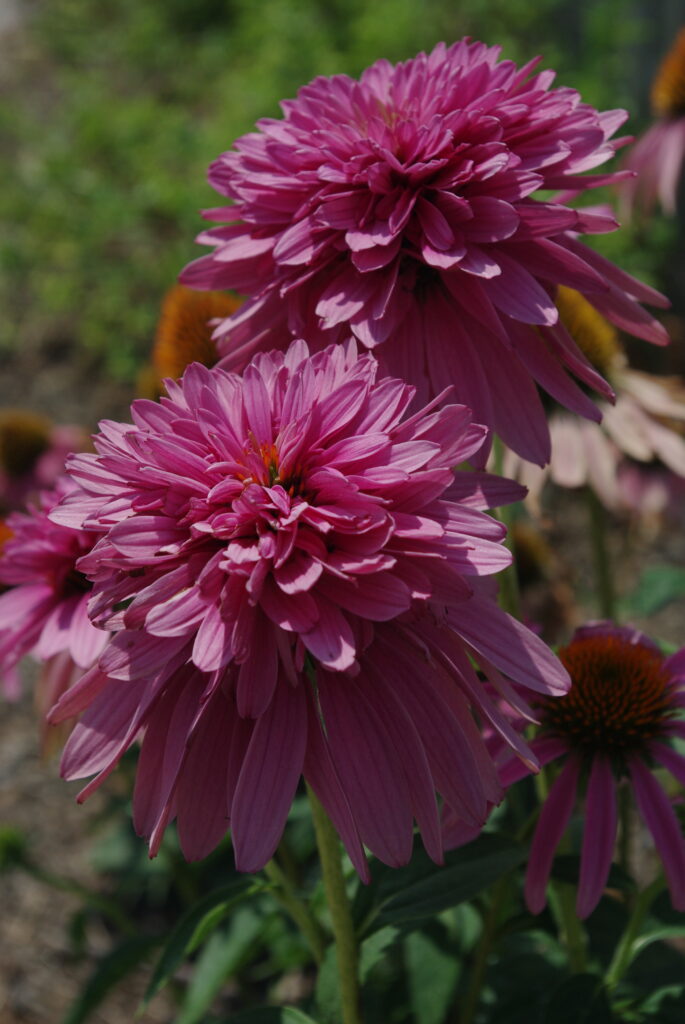
Marigolds followed a similar path. Once considered too pungent for bouquets, they’ve since found a solid fanbase — thanks in part to their cultural significance.
“Marigolds were practically ignored at first,” Dole said. “But then folks started to notice their importance for Day of the Dead celebrations and among South Asian communities. Now they’re a major crop.”
Eucalyptus also made a splash. Although it’s always been popular, recent trials reignited interest in growing it from seed.
What Growers Need from Seed Companies
For all the successes, Dole believes the floriculture industry still has room to grow. One of the biggest challenges is consistency from seed companies.
“The floriculture industry needs consistency from the seed industry,” he says. “Some companies go in and out of cut flowers, which can be frustrating for growers when cultivars disappear.”
He also sees potential in dual-use crops — varieties that appeal to both cut flower growers and vegetable producers.
“Many cut flower growers also do fruits and vegetables,” Dole says. “Seed companies could target those growers with varieties that work across fresh markets and cuts.”
The Importance of Lisianthus and Echinacea
Dole says Lisianthus (Eustoma grandiflorum) is one of the most important cut flowers in the world, prized for its delicate, rose-like blooms, wide range of colors and exceptional vase life. Native to the prairies of Texas, New Mexico and Colorado, this once-wild species has been refined into a global floral star through commercial breeding efforts. It’s available in soft pastels and rich, bold hues, often with stunning bicolor blooms, making it a favorite for everything from wedding bouquets to everyday arrangements. Its resemblance to a rose without the thorns adds to its appeal.
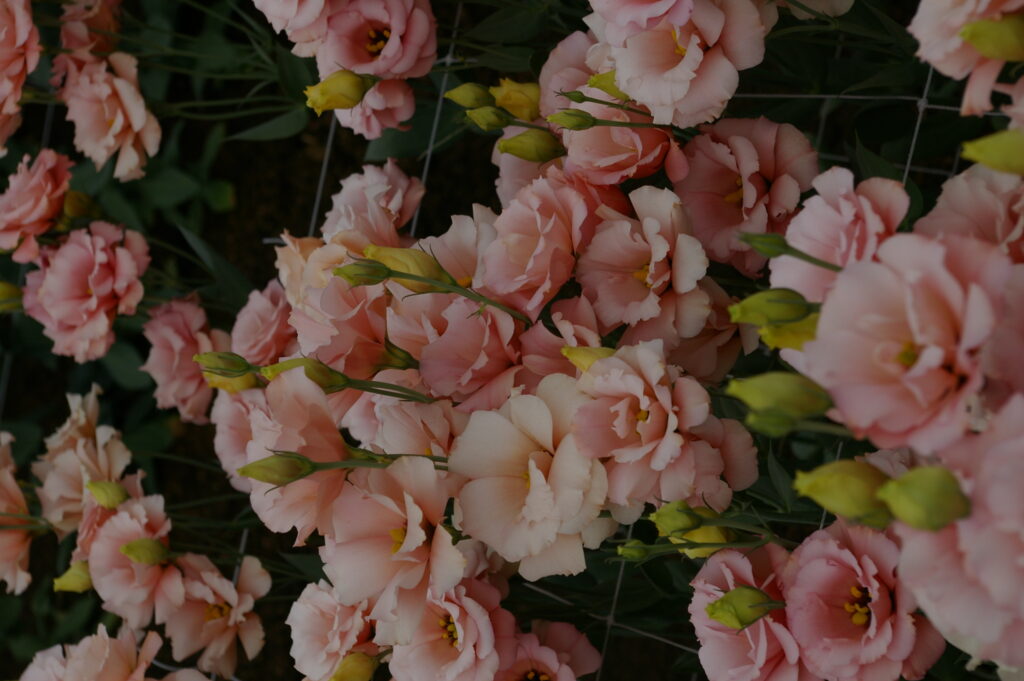
Though challenging to grow from seed, Lisianthus is worth the effort. The seeds are tiny and often pelleted for easier handling, with a growing cycle that can take up to five to six months from seed to bloom. Dole says its long vase life, up to two weeks, combined with its high market value, makes it a reliable choice for flower farmers and a sought-after staple for florists.
“Lisianthus is one of the most important cut flowers in the world,” he said. “It has lots of colors, a long post-harvest life, and looks like a rose without the thorns. It’s a native species that’s been developed into a full-blown commercial crop.”
Echinacea, better known as coneflower, is also seeing a renaissance, not just for medicinal use but as a showstopping ornamental.
“Echinaceas have really taken off,” Dole says. “Breeders have developed hybrids in all sorts of gorgeous colors like oranges and reds. It’s gone from medicinal use to a visually stunning ornamental.”
Future Flower Innovation
Looking ahead, Dole is excited about what’s next in flower breeding. While not every innovation sticks, the potential for breakthroughs is always there.
“We had a marigold cultivar called ‘Nosento.’ It was nearly scentless and could have been a breakthrough, but it wasn’t quite ready for prime time,” he said. “But innovations like that show what’s possible.”
For Dole, trials are more than research. They’re a way to give growers access to the best and brightest in the flower world. Each year brings something new; the next big thing might just be one seed away.

